By James Dacey
Late last year, I visited the fast-growing physics powerhouse of Beijing, China. Along the way I took snapshots of the people, events and labs I visited – a selection of which I’ve put together here to share my highlights.
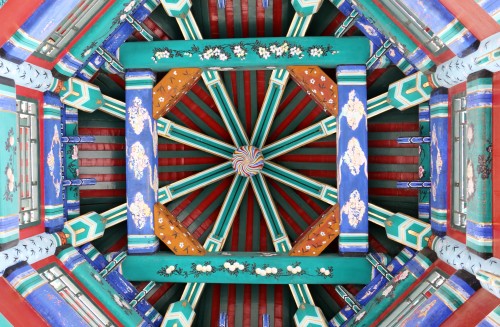
ATLAS lookalike: Colourful pavilion ceiling resembles particle detector.
During a break from the serious business of science journalism, I visited Beihei Park, a 1000-year-old former imperial park close to the Forbidden City in central Beijing. While looking up at this ornate pavilion ceiling, I couldn’t help being reminded of the ATLAS detector at CERN.
One of the main reasons for my trip was to attend a conference at Peking University (PKU) celebrating the 50th anniversary of the JPhys series of journals, published by IOP Publishing, which also publishes Physics World. The event was aimed at early-career scientists and I contributed by giving a presentation about the process and purpose of science journalism. Compared with my experiences at conferences in Europe and the US, it seemed that group photos are a more important social obligation in China. Here is a photo of the delegates lining the steps of PKU’s school of physics during one of the breaks. There were more than 300 people in attendance but unfortunately many of them are hidden behind the first few rows. In case you’re wondering – I’m the guy third from the right on the front row with my hands in my pockets.
While at PKU, I was given a tour of the International Center for Quantum Materials. I visited a lab focused on studying the quantum behaviour of protons in water molecules, using a combination of atomic force microscopy and scanning tunnelling microscopy. My eye was caught by this early-career researcher focused on operating this foil-clad microscope. For several minutes, the researcher barely moved from his laser-like concentration. The image seemed to capture the determination of the group, which has already published in Science and Nature Physics.
The drive and work ethic that sees China now publish a fifth of all scientific papers worldwide was also encapsulated in this photo taken at the Institute of Physics of the Chinese Academy of Sciences (IOP CAS). This blow-up bed, nestled between lab equipment and an old mop, is used by researchers putting in a night shift at the lab.
While at IOP CAS, I also swung by the condensed lab of Tian Qian (right). That giant bell-shaped object covered in aluminium foil in the above photo is his electron energy analyser. To the left of Qian is Hongming Weng, a theorist who studies topological materials, whose team’s work on Weyl fermions was named as one of the Physics World breakthroughs of 2015.
But it’s not all about seeking big breakthrough results. As with anywhere in the world, physicists also love to lark around with liquid nitrogen, given half an opportunity. This fizzing cup of the cold stuff was providing entertainment to a group of students in one of the PKU corridors.
Many of the Chinese researchers I met understand that to become a world leader in physics requires much more than churning out scientific papers; it requires the development of a scientific culture by creating a public dialogue around science. That was one of the key messages at a communications training workshop I attended, held at the Beijing European Delegation headquarters and aimed at researchers. Among the speakers was Dutch astrophysicist Richard de Grijs (above), who gave practical tips on how to capture the imagination during public talks. De Grijs is one of the organizers of Beijing’s monthly science cafes, aimed at communicating new science with the public, and a previous Physics World author.
Another physicist with a passion for communication is Ling-An Wu, an experimental optics researcher at IOP CAS. Having grown up in the UK before returning to her parents’ homeland of China, Lu is truly bilingual. She regularly trains young researchers in the art of writing a scientific paper in English by addressing some common language mistakes. Indeed, I took this photo moments after she had given one of these lectures to a group of students at her institute. Wu is also actively engaged in initiatives to increase access to physics in China, particularly for women and people living in rural environments isolated from major scientific centres.
Finally, no trip to Beijing is complete without a trip to Tiananmen Square. Despite its infamous recent history (to those outside of China at least), the square now has a busy supply of visitors from across China and further afield. Visitors are eager to experience this political and cultural heart of modern China, whose landmarks include the mausoleum of Mao Zedong and the Monument to the Revolutionary Heroes. This image of a guy casually strolling through the historic square in Adidas trainers with smartphone in hand, passing a young couple, feels like a snapshot of Beijing today. Whether China’s blend of communism and capitalism will support the nation’s development into a true scientific leader remains to be seen over the coming years.
Throughout that journey, Physics World will be covering scientific developments in China on a more regular basis. Keep an eye out in July for our next special report on China – our third to date, following our 2011 and 2016 editions.
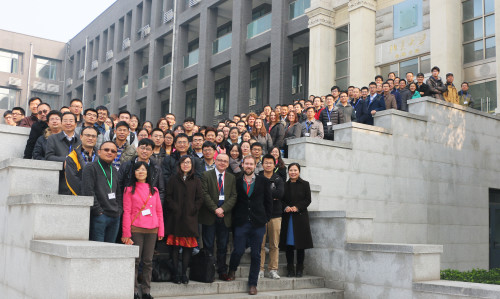
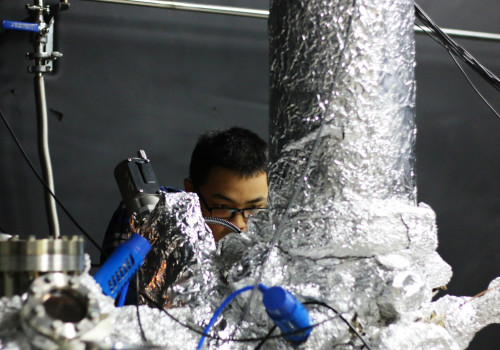
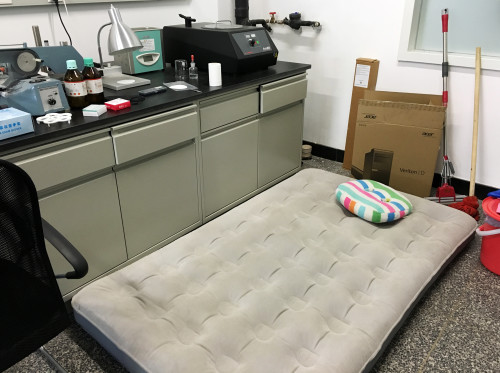
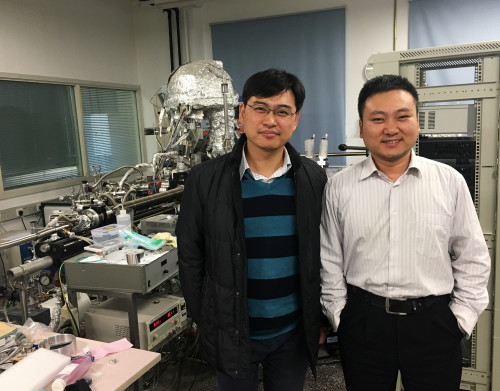
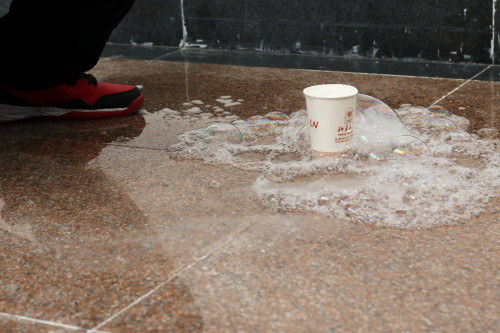
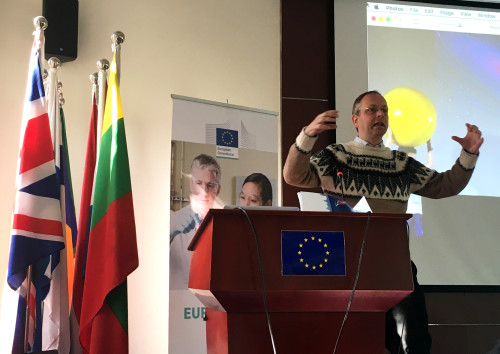
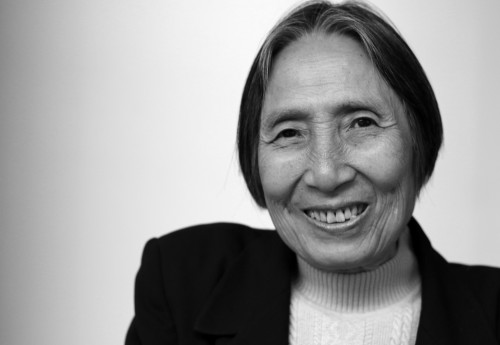

Guidelines
Show/hide formatting guidelines
this text was deletedwhere people live in harmony with nature and animals</q>
Some text